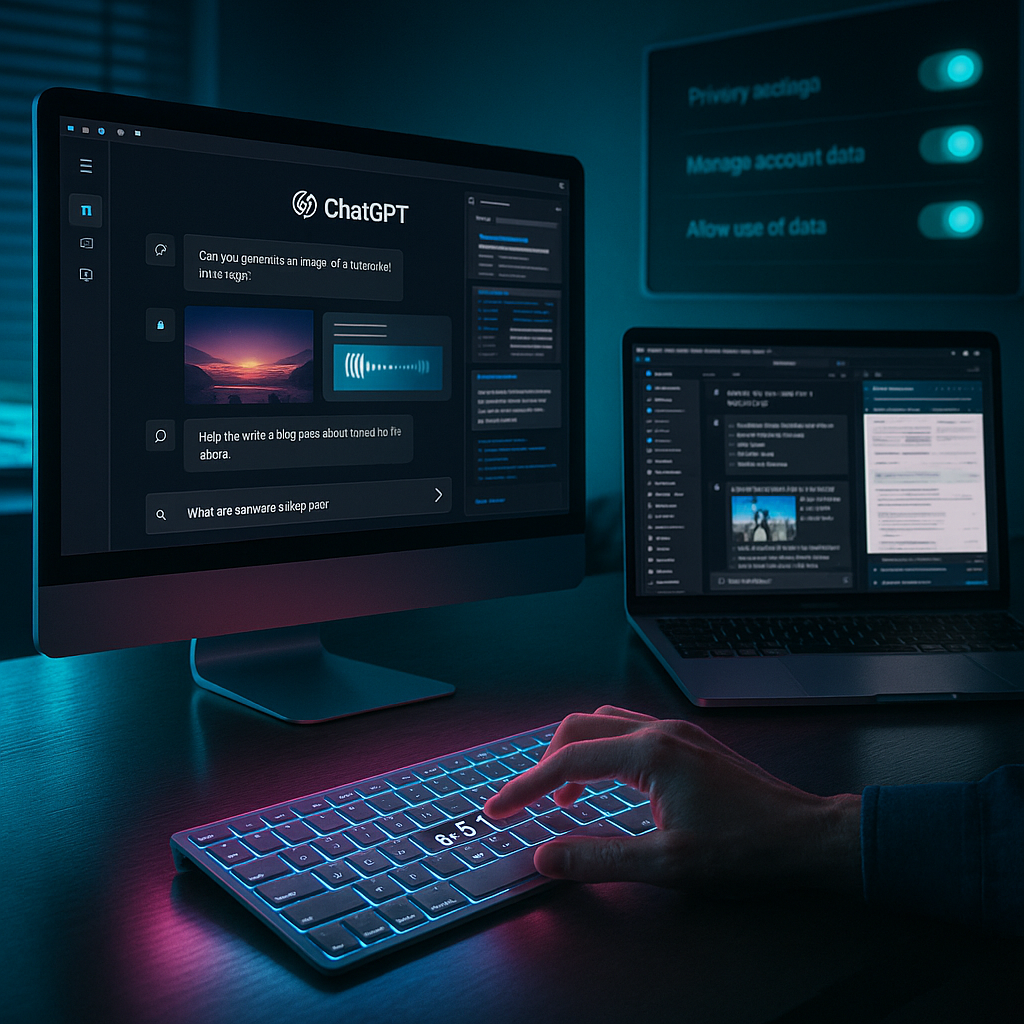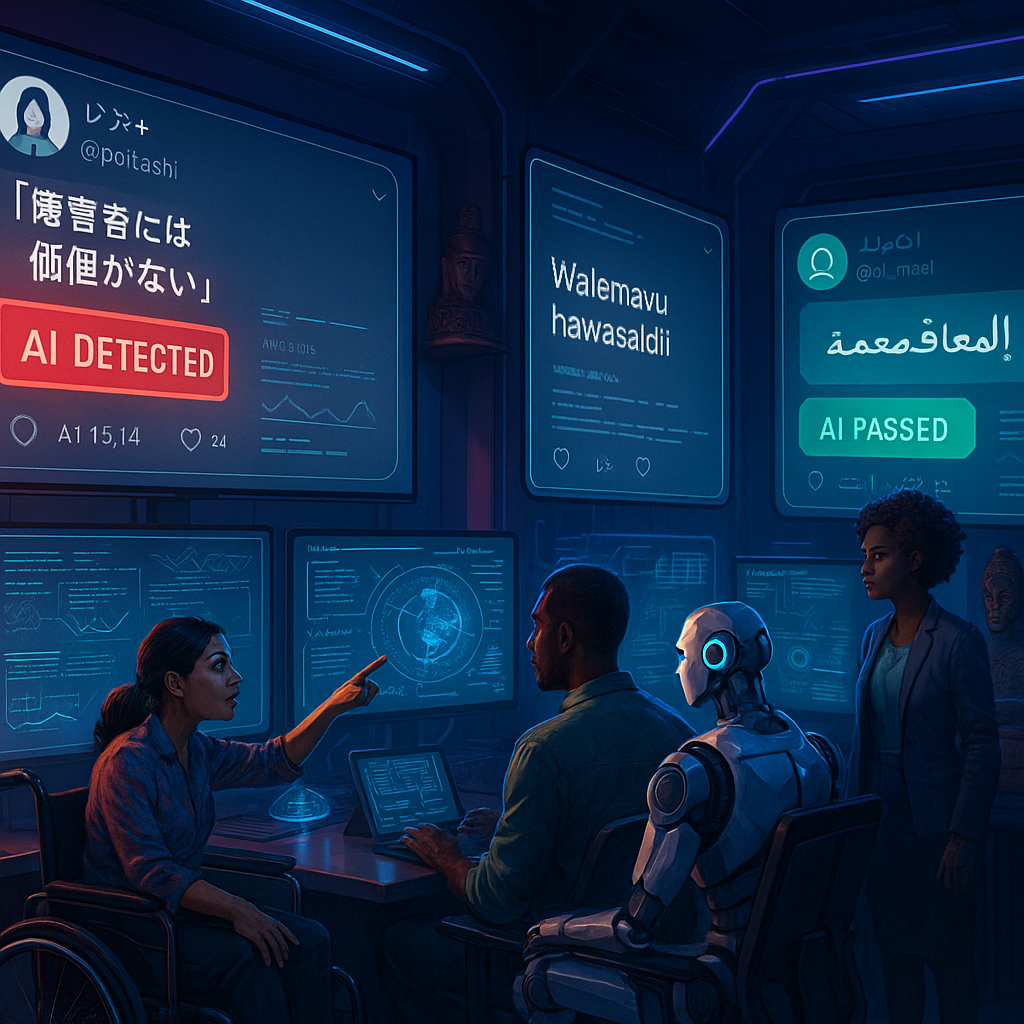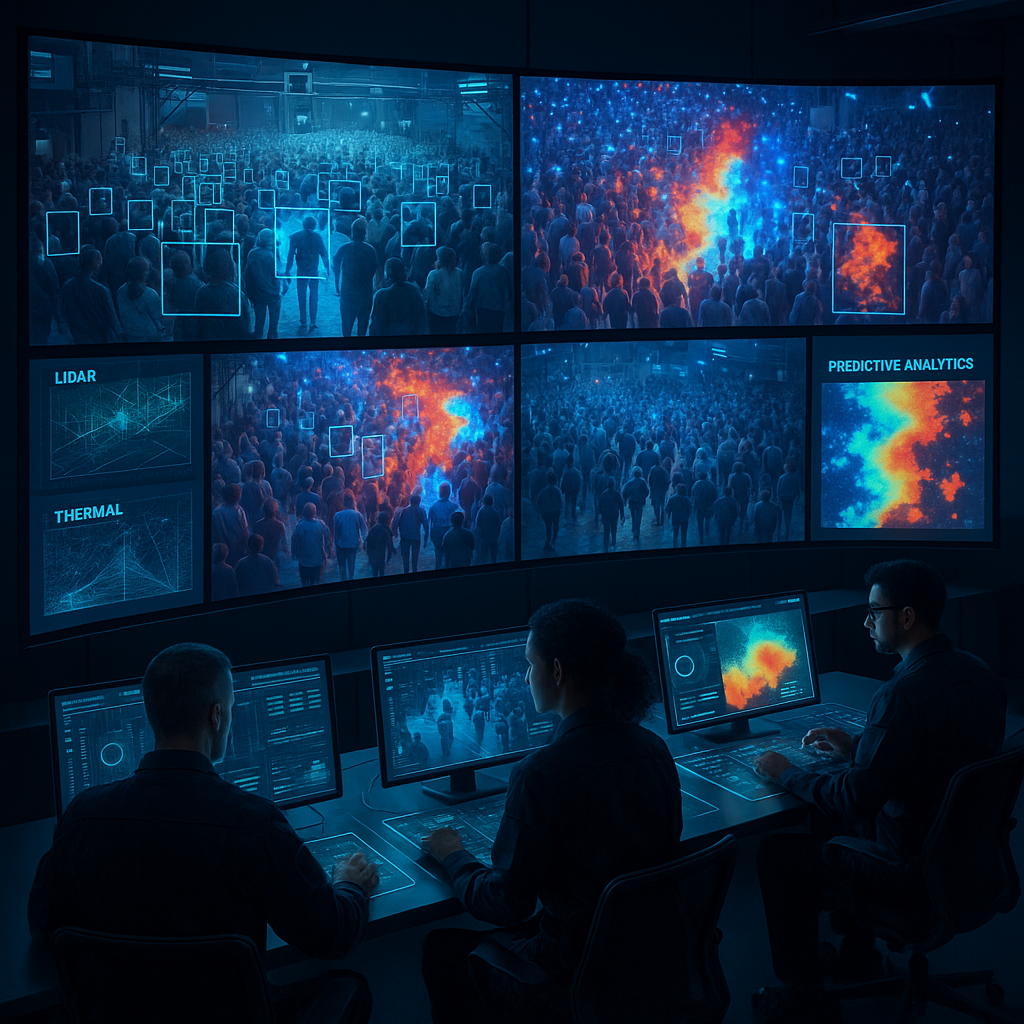Key Takeaways
- OpenAI’s ChatGPT desktop apps embed AI directly into users’ systems, offering continuous access outside the browser.
- The interface supports text, voice, and image, fostering a collaborative human-AI experience.
- Integrating ChatGPT at the operating system level challenges traditional ideas about creativity and authorship.
- The apps raise new ethical questions regarding data privacy, intellectual property, and digital companionship.
- By normalizing AI as an everyday interface, OpenAI is accelerating a broader cultural shift toward working with advanced AI systems.
- Frequent updates are planned to further integrate AI functionality into daily workflows.
Introduction
OpenAI has launched native ChatGPT applications for Windows and Mac, moving conversational AI from a browser-based tool to an integrated desktop companion. By embedding multi-modal AI capabilities at the operating system level, these apps not only streamline work processes but also prompt new reflections on agency, authorship, and the boundaries of collaboration with intelligent machines.
The Desktop Evolution
OpenAI’s desktop applications for ChatGPT signal a move from AI as a standalone destination to AI as a constant presence. System-wide keyboard shortcuts now allow users to access AI support from any application, changing the way we engage with intelligent tools.
The apps are designed for persistent context awareness. Conversation history and user preferences are remembered across sessions, creating a seamless dialogue that feels more intuitive. This advancement prompts questions about how machines recall and process information.
Multi-modal input (combining text, voice, and images) reflects the fluid nature of human thought, enabling interactions that do not rely on a single communication method.
Stay Sharp. Stay Ahead.
Join our Telegram Channel for exclusive content, real insights,
engage with us and other members and get access to
insider updates, early news and top insights.
 Join the Channel
Join the Channel
Privacy and Control Mechanisms
The new desktop apps feature detailed permissions, allowing users to control what data ChatGPT can access and learn from. These settings address growing concerns about privacy in AI systems.
Users can keep personal and professional interactions distinct through workspace isolation. Sarah Chen, OpenAI’s head of privacy engineering, said that these boundaries are designed to be both secure and easy to understand.
Real-time transparency indicators provide clear insight into when and how the AI accesses user data. This approach moves toward “intelligible intelligence” (AI that users can understand and trust).
Societal Implications
Moving AI from the browser to the desktop environment prompts broader questions about where human cognition ends and computational assistance begins. As Dr. Marcus Rodriguez, digital anthropologist at MIT, explained, ambient AI complicates our understanding of cognitive boundaries.
Educational communities are considering how these tools could shape learning and creativity. Some educators recognize the potential for personalized learning, while others express concern about the risk of overreliance on AI.
The ability of these apps to fit into daily workflows has sparked discussion about the future of knowledge work. Dr. Elena Foster, AI ethicist at Oxford University, noted that these tools may not only augment human abilities but also change how we define thinking and problem-solving.
Technical Framework
The ChatGPT applications use a hybrid architecture, combining local processing with cloud-based functionalities. This design ensures quick responses while upholding privacy standards for sensitive data.
The apps’ contextual analysis extends beyond interpreting text to understanding broader environments in which commands are given. As the system becomes more aware of context, new questions arise about the boundaries of AI perception.
Robust error handling and fallback mechanisms help manage edge cases and unexpected inputs. These technical safeguards indicate an ongoing effort to make human-AI collaboration both reliable and adaptable.
Conclusion
By making AI a persistent feature on the desktop rather than a tool accessed only by choice, OpenAI has sparked new conversations about autonomy, privacy, and creativity. As users adopt these integrated applications, the discussion on the definition of intelligence (artificial and human) takes on renewed importance. What to watch: feedback from early adopters and upcoming enhancements to permissions and transparency as usage patterns evolve.





Leave a Reply